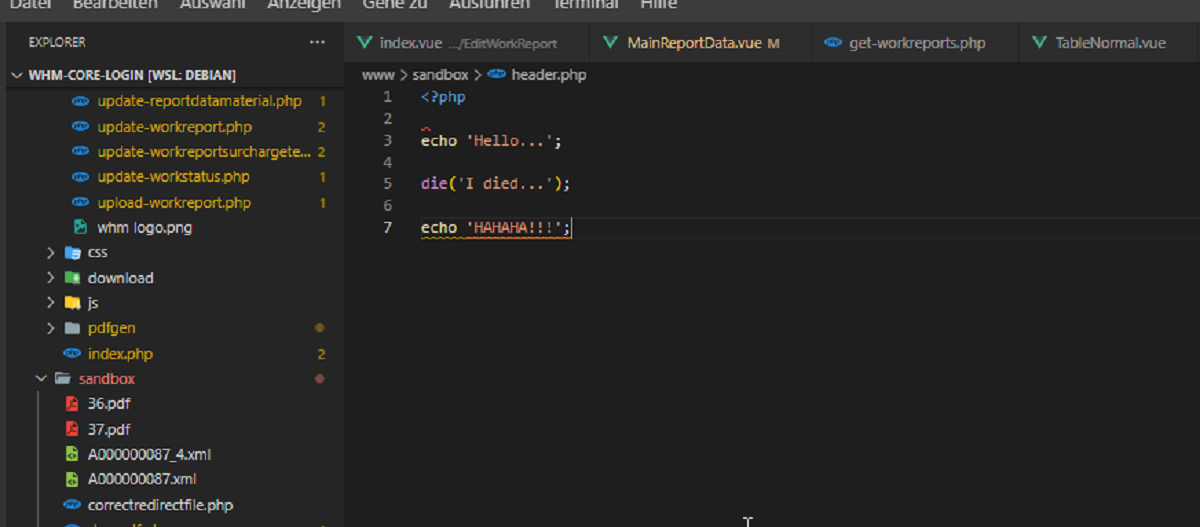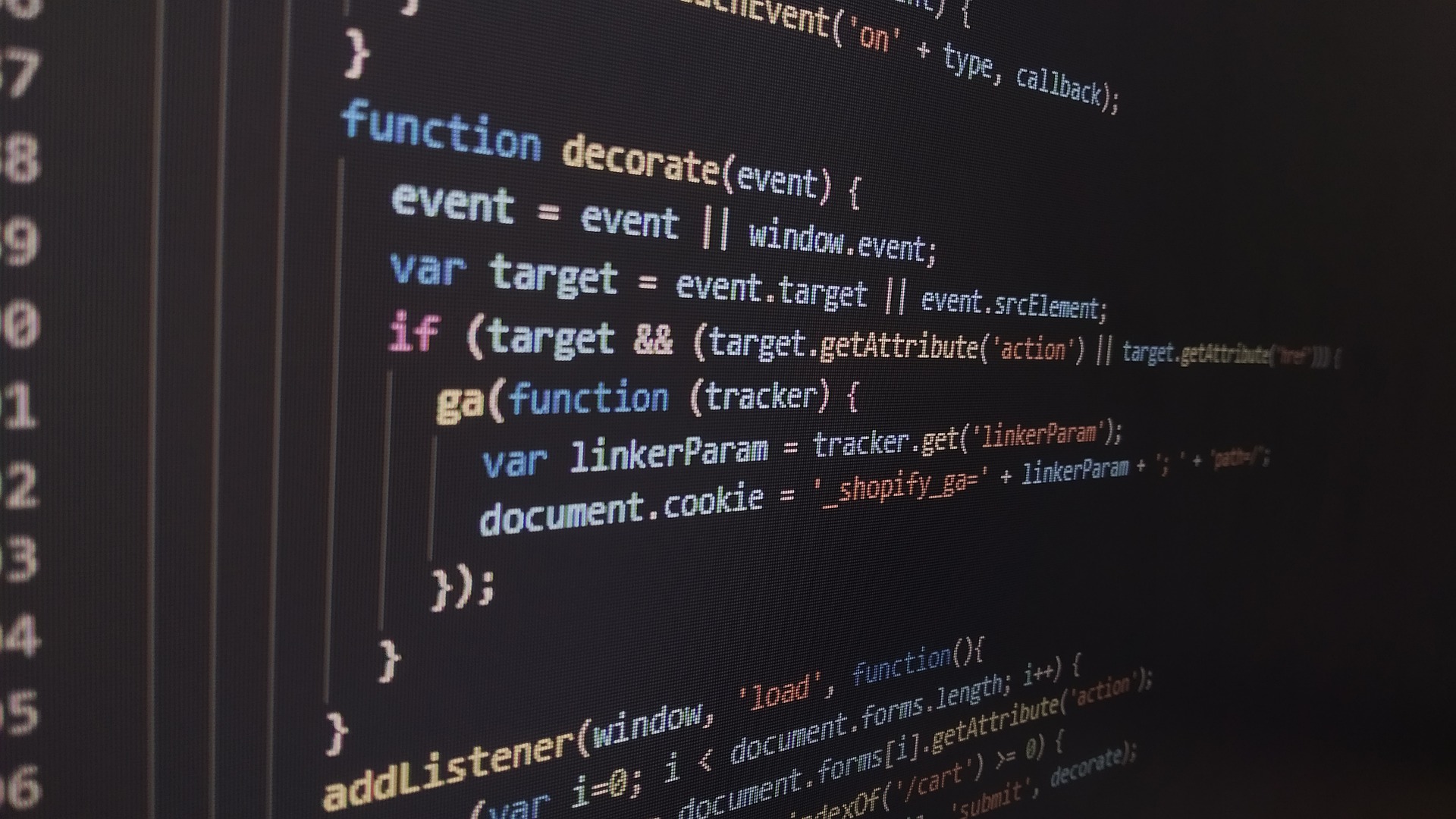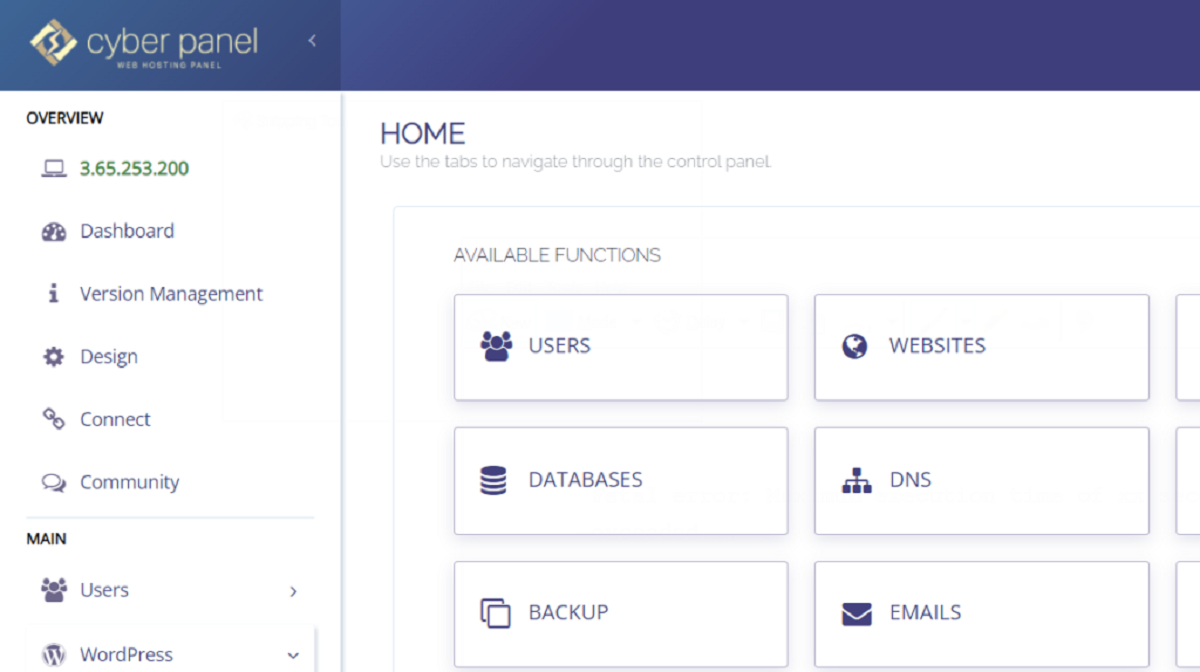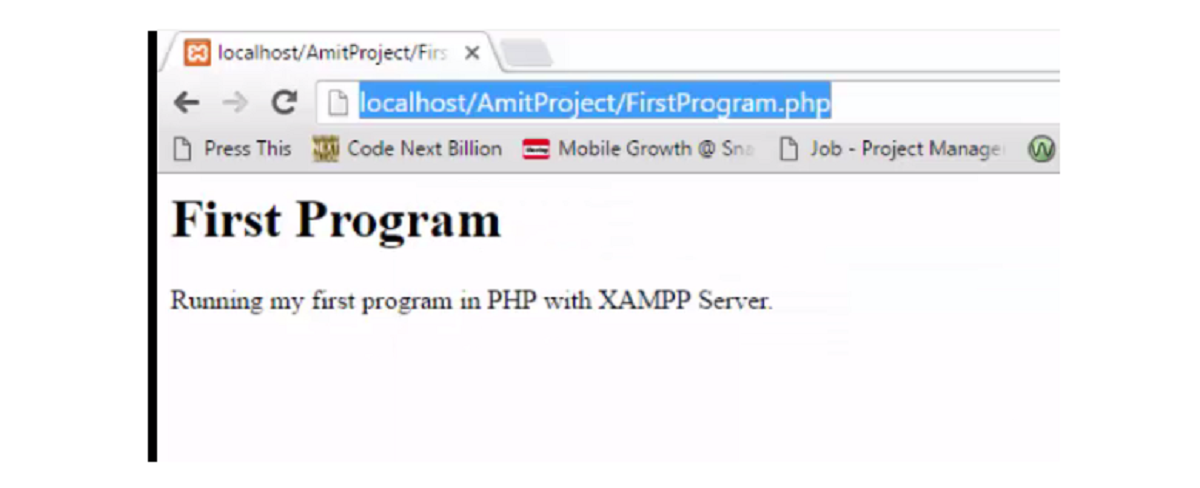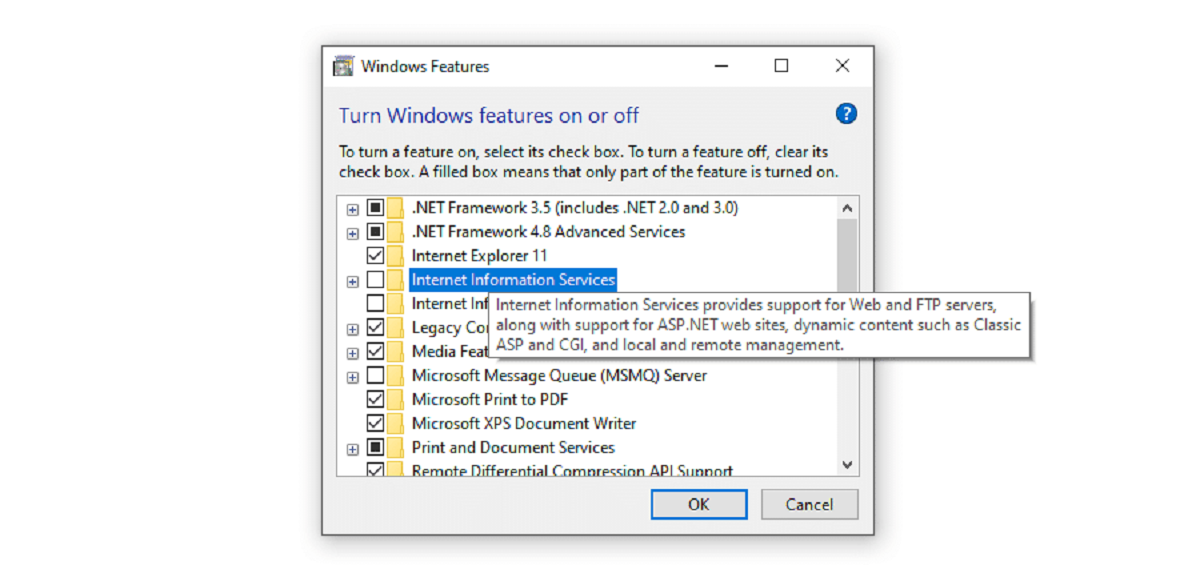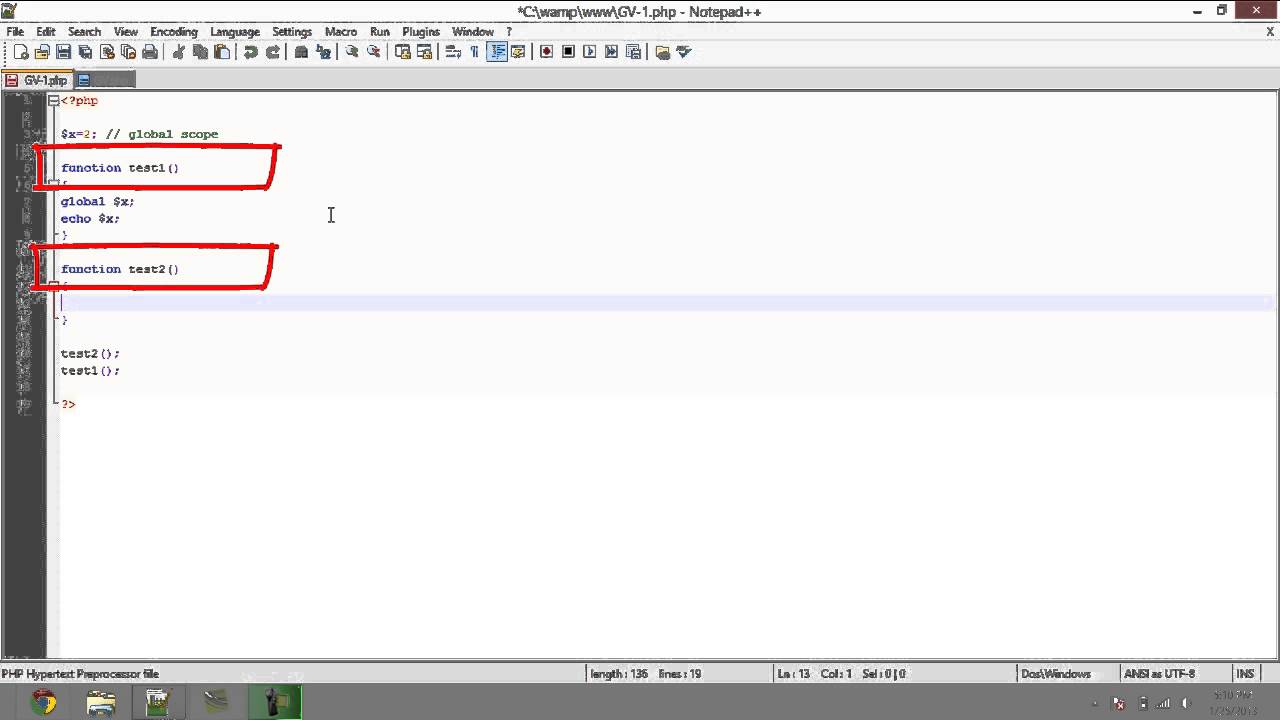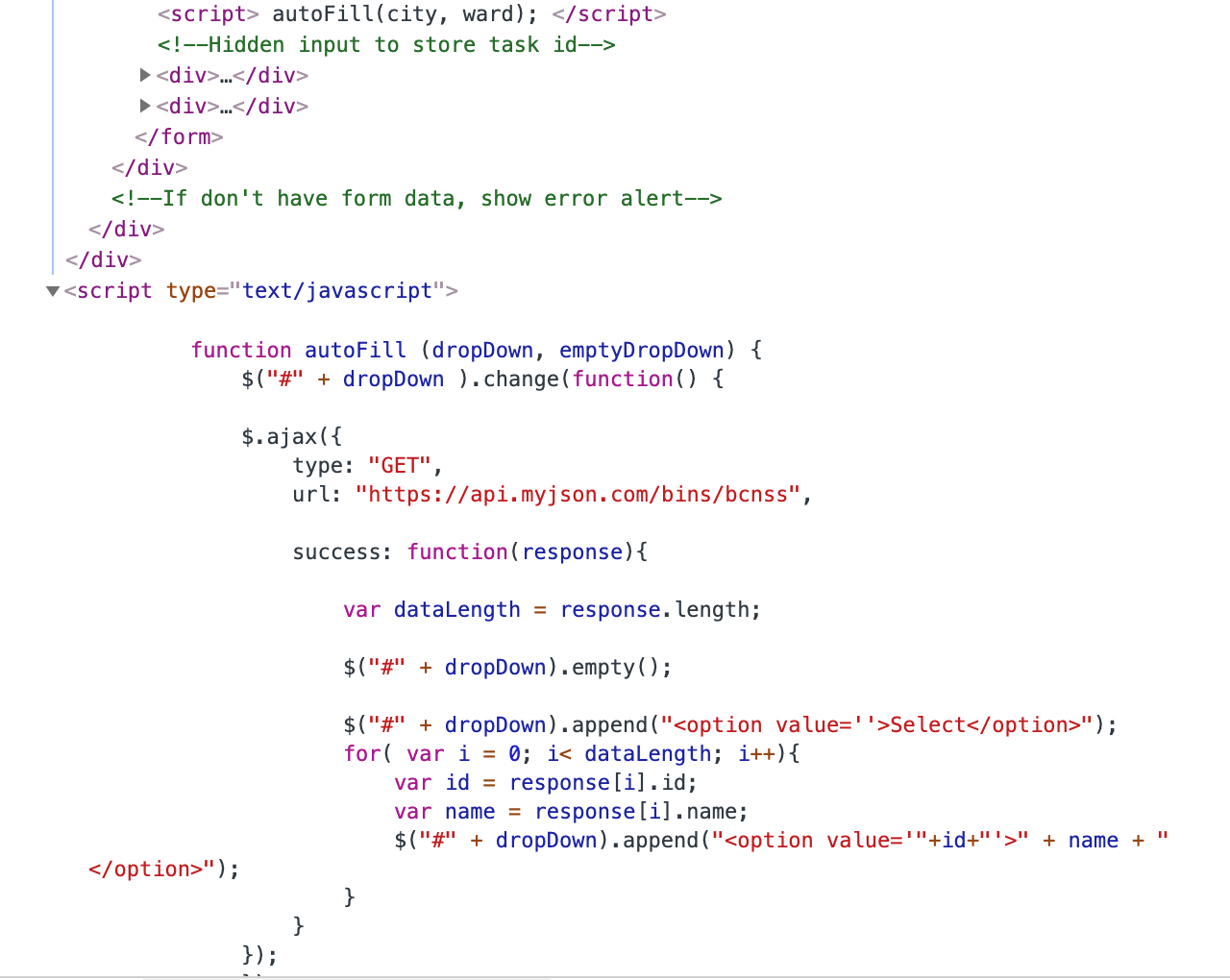Introduction
When it comes to web development, PHP is a popular scripting language that powers numerous dynamic websites. However, ensuring the security of PHP scripts is of utmost importance to prevent unauthorized access, data breaches, and potential harm to your web server. In this article, we will explore various measures to stop PHP script execution, protecting your website and its users from potential risks.
Disabling PHP script execution is one of the most effective ways to enhance the security of your website. By preventing the execution of malicious scripts, you can significantly reduce the risk of attacks such as remote code execution and injection attacks.
In addition to disabling PHP script execution, it is crucial to apply proper file permissions to restrict access to sensitive files. By implementing input sanitization and validation, you can safeguard your website from malicious user inputs that can potentially exploit vulnerabilities. Furthermore, using secure techniques for file uploads and mitigating remote code execution vulnerabilities can further enhance your website’s security.
In this article, we will delve into each of these measures, providing you with actionable steps and best practices to ensure the security of your PHP scripts. By implementing these measures, you can fortify your website against potential threats and protect your valuable data.
Disabling PHP Script Execution
Disabling PHP script execution should be the first line of defense in securing your website. By preventing the execution of PHP scripts in directories where they are not required, you can minimize the risk of unauthorized access and potential exploitation.
One way to disable PHP script execution is by adding a directive to your web server’s configuration file, such as the Apache configuration file (typically named httpd.conf or apache2.conf). Locate the Directory block for the directory you want to secure, and add the following line:
php_flag engine off
This directive disables PHP engine parsing for the specified directory, ensuring that PHP scripts within that directory are not executed. It is important to note that this method works only if you have access to modify the web server’s configuration file.
If you don’t have access to the server’s configuration file, another option is to create or modify an existing .htaccess file in the directory you want to protect. Add the following line to the .htaccess file:
php_flag engine off
Save the .htaccess file, and the PHP engine will be disabled for that particular directory. It is crucial to ensure that your web server is configured to allow the use of .htaccess files for this method to work.
Disabling PHP script execution is particularly useful for areas of your website where PHP functionality is not required. For example, if you have a directory for storing static files such as images, CSS, or JavaScript files, there is no need for PHP to process these files.
By effectively disabling PHP script execution, you can minimize the attack surface and mitigate the risk of potential security threats. However, it is important to note that disabling PHP script execution should be done cautiously, as it may affect the functionality of your website if not implemented correctly. Regularly audit your website to ensure that only the necessary directories have PHP script execution enabled, while denying it in places where it is not required.
Restricting File Permissions
Restricting file permissions is a critical step in maintaining the security of your website. By properly setting file permissions, you can control who can access and modify your PHP scripts, ensuring that only authorized users have the necessary permissions.
When it comes to file permissions, the three main categories are:
- Owner: The user who owns the file.
- Group: A defined group of users who are given specific permissions.
- Other: Users who do not fall into the owner or group categories.
It’s crucial to understand the different permission levels:
- Read (r): Users can view the contents of the file.
- Write (w): Users can modify or delete the file.
- Execute (x): Users can execute or run the file (for PHP scripts, this means they can be executed by the web server).
To secure your PHP scripts, it is recommended to set the file permissions as follows:
- PHP files: Set file permissions to 644 (-rw-r–r–), which means the owner has read and write access, while the group and others have read-only access. This prevents unauthorized modification of the PHP scripts while allowing the web server to read and execute them.
- Configuration files: Set file permissions to 600 (-rw——-), which means only the owner has read and write access. This limits access to sensitive configuration files, preventing unauthorized modification or viewing.
- Executables or shell scripts: Set file permissions to 755 (-rwxr-xr-x), which allows the owner to read, write, and execute the file, while the group and others have only read and execute access. This ensures that only authorized users can execute the scripts.
It’s important to review and adjust file permissions on a regular basis, especially after making any updates or changes to your website. Removing unnecessary write permissions can significantly reduce the risk of unauthorized modifications or injections into your PHP scripts.
Additionally, consider implementing the principle of least privilege. Only grant permissions to users or processes that require them, and avoid granting unnecessary permissions to ensure the security of your files.
By properly restricting file permissions, you can minimize the risk of unauthorized access, modifications, and potential security vulnerabilities in your PHP scripts.
Implementing Input Sanitization and Validation
Implementing input sanitization and validation is crucial in preventing various types of attacks, such as cross-site scripting (XSS), SQL injection, and code injection. By properly sanitizing and validating user input, you can ensure that your PHP scripts only accept safe and expected data, reducing the risk of potential vulnerabilities.
Input sanitization involves removing or escaping any potentially malicious or unexpected characters from user input. This process ensures that the input is safe to use and does not contain any code that could be executed or exploited.
There are several methods you can use to sanitize and validate user input:
- Use built-in PHP functions: PHP provides various functions to sanitize and validate different types of input. Functions like
htmlspecialchars()can be used to prevent XSS attacks by converting special characters to their respective HTML entities. Functions likemysqli_real_escape_string()can be used to escape special characters in user input to prevent SQL injection. - Use regular expressions: Regular expressions allow you to define patterns and validate input against those patterns. For example, you can use regular expressions to ensure that an email address is in the correct format or that a password meets certain criteria.
- Use validation libraries: There are many third-party PHP libraries available that provide powerful and flexible input validation capabilities. These libraries often have built-in functions and methods for sanitizing and validating different types of input, making it easier to implement robust input validation in your PHP scripts.
It’s important to thoroughly sanitize and validate all user input, including form submissions, URL parameters, cookies, and any other data received from the user. Never trust user input and always assume it is potentially malicious.
In addition to input sanitization and validation, consider implementing measures such as parameterized queries and prepared statements when interacting with databases. These techniques can prevent SQL injection attacks by separating the SQL code from the user input, making it impossible for malicious input to be executed as part of the SQL statement.
By implementing thorough input sanitization and validation measures, you can significantly reduce the risk of security vulnerabilities and ensure that your PHP scripts only process safe and expected data.
Utilizing File Upload Security Measures
File upload functionality is a common feature in websites, allowing users to upload files such as images, documents, or media. However, if not properly secured, file uploads can pose a significant security risk, potentially leading to file inclusion attacks, remote code execution, or the uploading of malicious files.
To ensure the security of file uploads in your PHP scripts, consider implementing the following measures:
- Restrict allowed file types: Define a whitelist of allowed file types that users can upload. This prevents the uploading of potentially malicious file types, such as executable files or scripts. You can validate the file’s extension or use MIME type validation to determine the file type.
- Limit file size: Set a maximum file size limit for uploads. This prevents users from uploading excessively large files that could consume server resources or lead to denial-of-service attacks.
- Scan uploaded files: Implement a file scanning mechanism to check uploaded files for any potential malware or malicious code. Use antivirus software or third-party file scanning services to detect and quarantine any infected files.
- Secure file storage: Store uploaded files outside of the web root directory, if possible. This prevents direct access to the uploaded files, making it more difficult for attackers to execute uploaded scripts or gain unauthorized access to the server.
- Change file name: Rename uploaded files to a unique and random name. Avoid using the original file name provided by the user to prevent potential file name conflicts or information disclosure.
- Validate file metadata: Check the file’s metadata to ensure it matches the expected format and characteristics. This helps prevent attackers from manipulating the metadata to bypass security measures.
In addition to these measures, always validate and sanitize any input related to the file upload process, such as form fields or other parameters. By thoroughly validating and securing file uploads, you can prevent potential vulnerabilities and ensure the safety of your website and its users.
Securing Remote Code Execution Vulnerabilities
Remote code execution (RCE) vulnerabilities can have devastating consequences, allowing attackers to execute arbitrary code on your web server. To protect against RCE vulnerabilities in your PHP scripts, it’s essential to implement specific security measures and best practices.
Here are some steps you can take to secure against remote code execution:
- Keep your PHP version up to date: PHP releases regular updates that include security patches. By using the latest version, you ensure that you have the most robust security features and fixes for any known vulnerabilities.
- Disable dangerous PHP functions: Some PHP functions, such as
eval()andsystem(), can be exploited for remote code execution. Disable these functions in your server’s PHP configuration file to prevent their misuse. - Input validation and sanitization: As mentioned earlier, always validate and sanitize user input to prevent any potential code injection. Implement proper input validation techniques and use secure methods to parse and process user-submitted data.
- Use prepared statements and parameterized queries: When interacting with databases, use prepared statements or parameterized queries to prevent SQL injection attacks. These techniques ensure that user input is properly escaped and doesn’t get executed as part of the SQL statement.
- Implement a web application firewall (WAF): A WAF can help detect and block suspicious or malicious requests, including attempts to exploit remote code execution vulnerabilities. It adds an extra layer of protection to your website by analyzing incoming traffic and blocking potentially harmful requests.
- Regular security audits and penetration testing: Conduct regular security audits and penetration testing of your PHP scripts to identify any potential vulnerabilities or weaknesses. Performing thorough testing helps ensure that your code is robust against remote code execution attacks.
It’s also crucial to follow secure coding practices, such as using proper coding patterns and designs. Avoid using insecure functions or deprecated features that may introduce vulnerabilities into your PHP scripts. Regularly review your codebase and update any outdated libraries or dependencies.
By implementing the above measures and staying vigilant about the security of your PHP scripts, you can significantly reduce the risk of remote code execution vulnerabilities and protect your web server from potential exploits.
Conclusion
Securing PHP script execution is vital for protecting your website and its users from potential risks and attacks. By implementing the measures outlined in this article, you can enhance the security of your PHP scripts and minimize the chance of unauthorized access, data breaches, and other security vulnerabilities.
First and foremost, disabling PHP script execution in directories where it is unnecessary can greatly reduce the risk of attacks. By adding a directive to your server’s configuration file or utilizing the .htaccess file, you can prevent the execution of malicious scripts in those specific directories.
Restricting file permissions is another fundamental step in maintaining the security of your PHP scripts. By properly setting file permissions, you can control access to sensitive files and limit modifications to authorized users only. Regularly reviewing and adjusting file permissions is crucial in maintaining the integrity of your website.
Implementing input sanitization and validation is crucial for preventing various types of attacks. By sanitizing and validating user input, you can ensure that your PHP scripts only accept safe and expected data, reducing the risk of potential vulnerabilities like XSS and SQL injection.
File upload functionality should be treated with caution. By enforcing restrictions on allowed file types, limiting file sizes, scanning uploaded files for malware, and storing them securely, you can prevent potential file inclusion attacks and the uploading of malicious files.
Finally, securing against remote code execution vulnerabilities is essential. Keeping your PHP version up to date, disabling dangerous PHP functions, implementing proper input validation and sanitization, using prepared statements for database interactions, deploying a web application firewall, and conducting regular security audits and penetration testing are all crucial components of protecting against remote code execution attacks.
By following these best practices and maintaining a proactive approach to security, you can fortify your PHP scripts against potential threats and protect your website and its users from malicious activities. Remember to regularly review and update your security measures as new vulnerabilities and risks emerge in order to mitigate any potential weaknesses.







